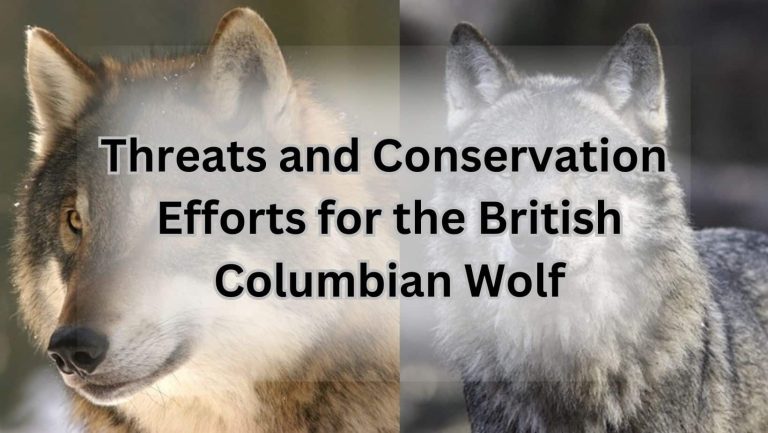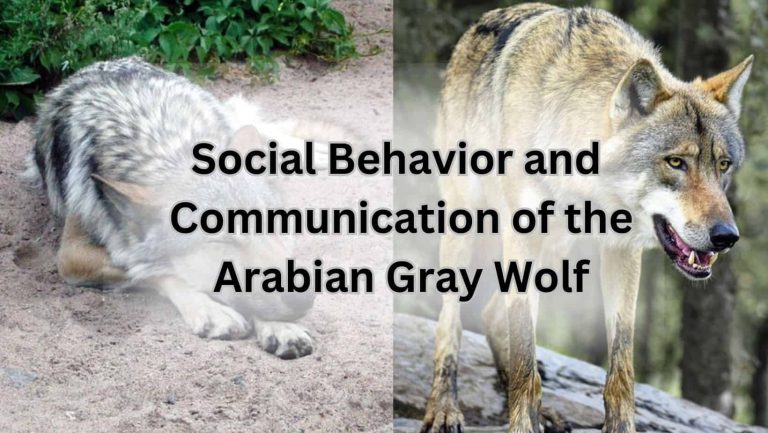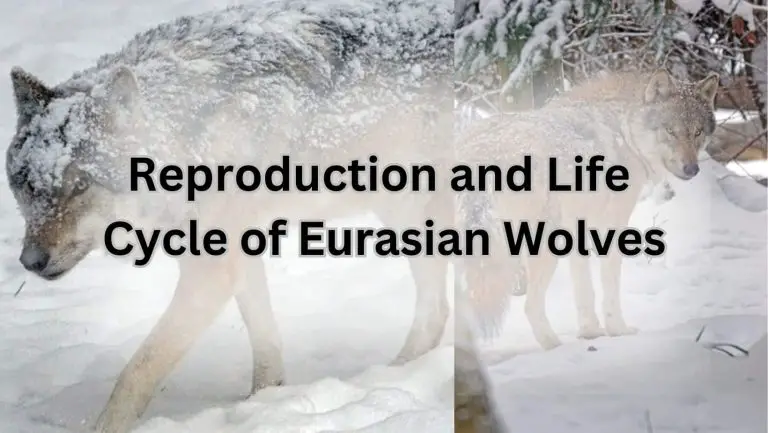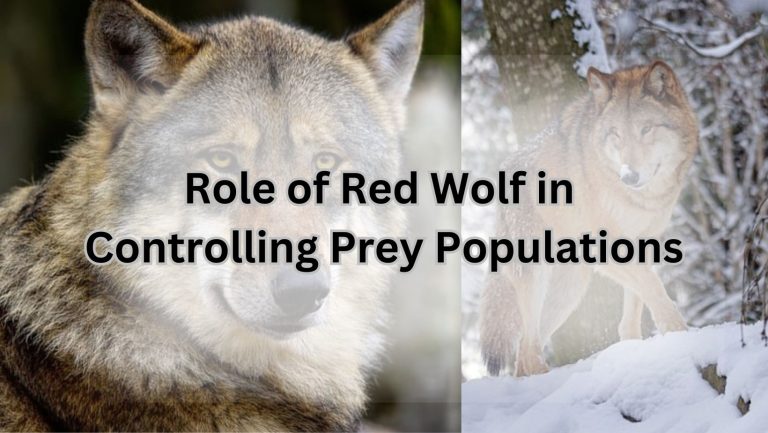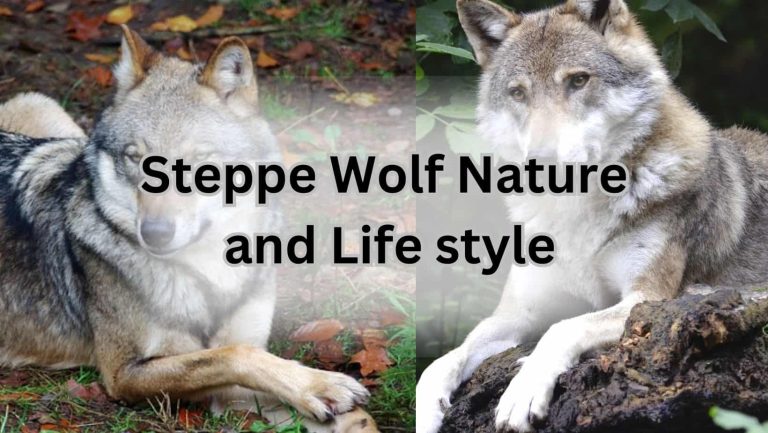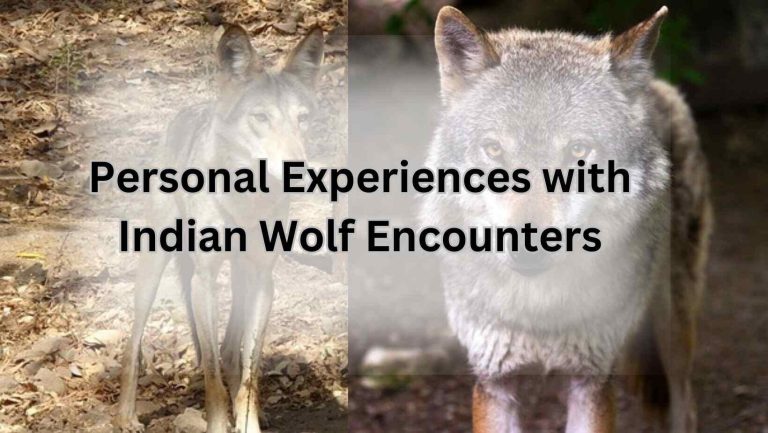Unravel the Mysteries of the Baffin Island Wolf!
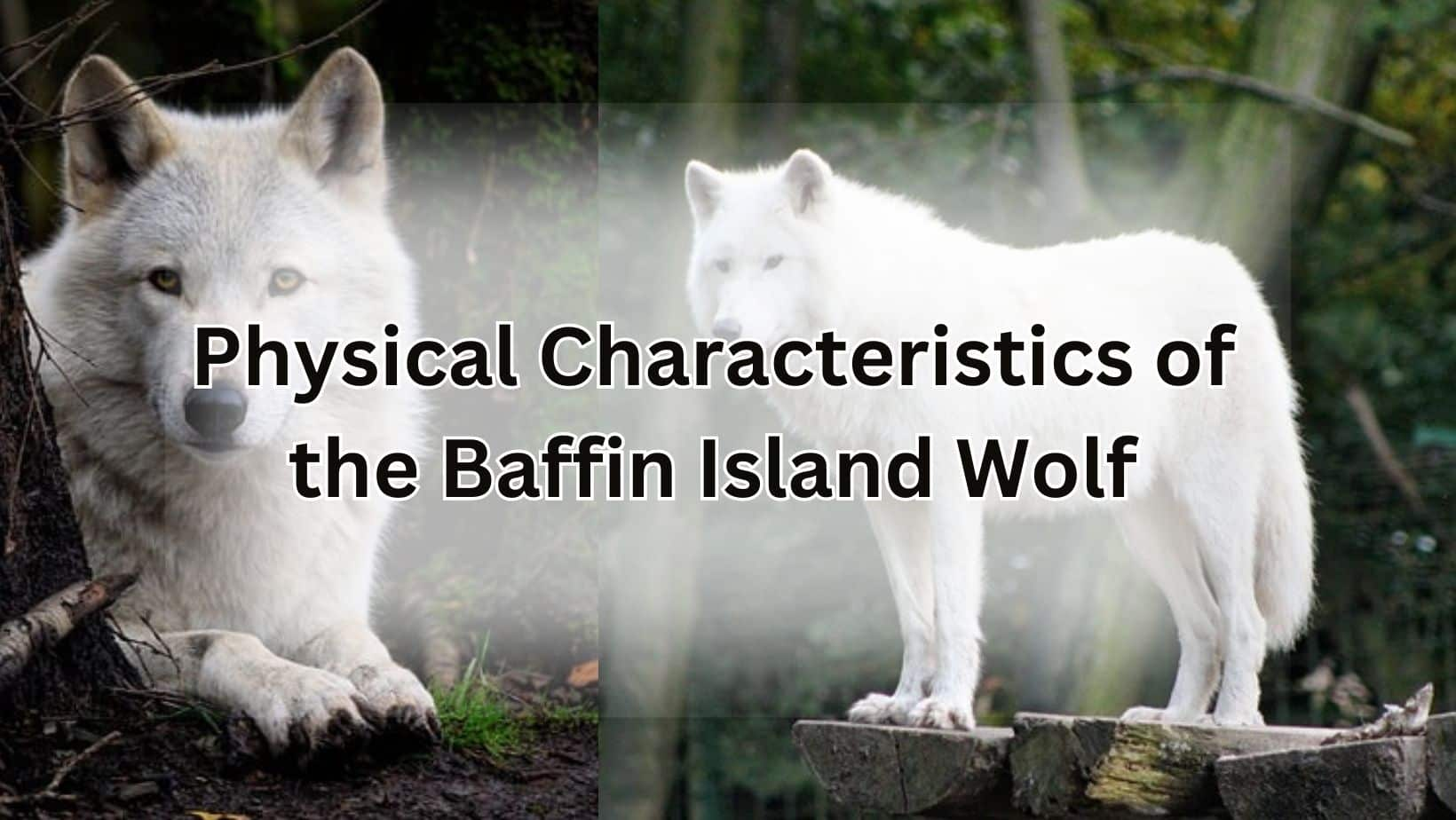
Baffin Island Wolf: The Arctic Wanderer
Have you ever heard of the elusive Baffin Island wolf? This unique canid, also known as the Arctic wolf, roams the icy tundra of Baffin Island with a majestic presence that has captivated wildlife lovers for centuries. Let’s delve into the fascinating world of this mysterious creature and uncover the secrets of its survival in one of the harshest environments on Earth.
Habitat and Distribution
The Baffin Island wolf, scientifically known as Canis lupus manningi, is perfectly adapted to the frigid Arctic landscape of its namesake island. With its thick white fur and keen hunting skills, this tundra wolf thrives in the harsh conditions of the North, preying on muskoxen, Arctic hares, and lemmings to sustain itself in the unforgiving wilderness.
Importance of Conservation
As a top predator in its ecosystem, the Baffin Island wolf plays a crucial role in maintaining the delicate balance of the Arctic food chain. However, human encroachment and climate change pose significant threats to the survival of this magnificent creature. Conservation efforts are essential to protect the Baffin Island wolf and preserve its natural habitat for future generations to admire and cherish.
Physical Characteristics
Size and Weight
When you think of the Baffin Island wolf, you might imagine a majestic creature roaming the icy tundra with grace and power. These Arctic wolves are known for their impressive size and weight, with males typically weighing around 100 pounds and females slightly smaller at around 85 pounds. They are like the bodybuilders of the wolf world, flexing their muscles as they navigate their snowy domain.
Fur Coloration
Now, let’s talk about fashion – wolf style! The Baffin Island wolf sports a stunning coat of fur that is usually white or light gray, perfectly blending in with the snowy landscape. It’s like they have their own built-in camouflage, allowing them to sneak up on unsuspecting prey or avoid unwanted attention. These wolves are the epitome of winter chic!
Adaptations for Survival
Survival of the fittest, right? Well, the Baffin Island wolf has some pretty nifty adaptations that help them thrive in their harsh environment. From their large paws that act like snowshoes, to their thick fur that keeps them warm in freezing temperatures, these wolves are true Arctic warriors. They are basically the MacGyver of the animal kingdom, using whatever tools they have to conquer the challenges of their icy home.
Behavior and Social Structure
Hunting Techniques
When it comes to hunting, the Baffin Island wolf is a true master of the Arctic tundra. These clever canids use a variety of techniques to catch their prey, from stalking silently through the snow to working together as a pack to take down larger animals. Their white fur camouflages them perfectly against the snowy landscape, allowing them to sneak up on unsuspecting prey with ease. With sharp teeth and powerful jaws, they make quick work of their meals, ensuring they stay well-fed in the harsh Arctic environment.
Pack Dynamics
Living in packs is essential for the survival of the Baffin Island wolf. These social creatures form tight-knit family groups that work together to hunt, raise young, and defend their territory. Each pack has a complex hierarchy, with an alpha male and female leading the group. The rest of the pack members fall into various roles, from hunters to caregivers, each playing a vital part in the pack’s success. Through cooperation and communication, these wolves thrive in one of the harshest environments on Earth.
Communication within Packs
Communication is key for the Baffin Island wolf pack. These intelligent animals use a variety of vocalizations, body language, and scents to convey messages to one another. From howls that can be heard for miles across the tundra to subtle gestures that indicate dominance or submission, these wolves have a rich and nuanced language that helps them navigate their complex social structure. Through effective communication, they are able to coordinate hunts, care for their young, and maintain strong bonds within the pack.
Diet and Feeding Habits
When it comes to the Baffin Island wolf, their diet and feeding habits are as fascinating as they are essential for survival in the harsh Arctic environment. Let’s take a closer look at how these wolves go about satisfying their hunger in the icy wilderness.
Prey Selection
The Baffin Island wolf is a skilled predator, with a diverse diet that includes muskoxen, caribou, Arctic hares, and even the occasional lemming. These wolves are not picky eaters, but they do have a preference for larger prey that can sustain them for longer periods.
Hunting Strategies
When it comes to hunting, these wolves are true masters of the tundra. They often hunt in packs, using their keen senses of smell and hearing to track down their prey. Once they’ve located a target, they work together to bring it down with precision and efficiency.
Role in the Ecosystem
The Baffin Island wolf plays a crucial role in the Arctic ecosystem as a top predator. By controlling the populations of herbivores like muskoxen and caribou, these wolves help maintain a healthy balance in the food chain. They also scavenge on carrion, further contributing to the recycling of nutrients in the environment.
So, next time you find yourself daydreaming about the frozen landscapes of Baffin Island, take a moment to appreciate the incredible adaptations of the Baffin Island wolf. From their diverse diet to their strategic hunting techniques, these wolves are truly a marvel of the Arctic wilderness.
Reproduction and Life Cycle
Mating Season
During the mating season, which typically occurs in late winter or early spring, the Baffin Island wolf engages in courtship rituals that would put even the most romantic of humans to shame. Howls echo across the icy tundra as potential mates seek each other out, with the males often engaging in playful displays of dominance to win the affection of a female. It’s like a furry, arctic version of “The Bachelor,” but with more howling and less drama.
Gestation Period
After a successful courtship, the female Baffin Island wolf will carry her pups for approximately 63 days before giving birth. This period of gestation is crucial for the development of the pups, who are already destined to be the cutest little furballs you’ve ever seen. The mother will create a den to keep her pups safe and warm during this time, showing off her impressive nesting skills.
Development of Pups
Once the pups are born, the real fun begins. These tiny bundles of fluff are completely dependent on their mother for the first few weeks of their lives, relying on her for warmth, food, and protection. As they grow, they start to explore their surroundings, stumbling around like clumsy little adventurers in training. It’s a heartwarming sight to see these young pups learn and grow under the watchful eye of their devoted mother.
Threats and Conservation Status
Human Impact
Now, let’s talk about the not-so-friendly humans. Unfortunately, the Baffin Island wolf has faced threats from human activities. As the human population grows and expands into the wolf’s territory, conflicts arise. These conflicts often lead to habitat destruction, hunting, and even accidental killings. It’s like the wolves are saying, “Hey, we were here first!”
Climate Change Effects
Oh, climate change, the ultimate party pooper! The Baffin Island wolf is not immune to the effects of climate change. As temperatures rise and habitats shift, these wolves are forced to adapt or face the consequences. It’s like trying to find a cozy spot in a crowded room – not easy!
Conservation Efforts
But fear not, my fellow wildlife enthusiasts! There are dedicated individuals and organizations working tirelessly to protect the Baffin Island wolf and its habitat. Conservation efforts include habitat preservation, monitoring of wolf populations, and raising awareness about the importance of these majestic creatures. It’s like having a superhero squad for the wolves!
Interactions with Humans
Indigenous Perspectives
When it comes to the Baffin Island wolf, indigenous perspectives play a crucial role in understanding the relationship between humans and these majestic creatures. The Inuit people have lived alongside the Arctic wolf for centuries, sharing stories and legends that highlight the wolf’s importance in their culture. These tales often depict the wolf as a symbol of strength, loyalty, and survival in the harsh Arctic environment.
Conflicts with Livestock
As much as we love our fluffy friends, conflicts can arise when the Baffin Island wolf comes into contact with livestock. Farmers in the region have had to implement measures to protect their animals from potential wolf attacks. It’s a tough situation, as both the wolves and the livestock are just trying to survive in their own way. Maybe a compromise involving some sheepdog diplomacy could be the answer?
Tourism and Viewing Opportunities
For those looking to catch a glimpse of the elusive Baffin Island wolf in its natural habitat, tourism and viewing opportunities are available. Imagine embarking on a thrilling adventure through the tundra, binoculars in hand, hoping to spot a glimpse of these magnificent creatures. Just remember to keep a safe distance and respect their space – nobody likes a nosy tourist interrupting their dinner time!
Unique Facts and Trivia
Baffin Island Wolf vs Other Wolf Species
When it comes to the Baffin Island wolf, also known as the Arctic wolf or Canis lupus manningi, it stands out from its wolf cousins in a few ways. Unlike other wolf species, the Baffin Island wolf boasts a stunning white coat that helps it blend into the snowy landscapes of the Arctic tundra. This unique adaptation allows these wolves to be the ultimate camouflage masters in their icy habitat.
Notable Behaviors
One fascinating behavior of the Baffin Island wolf is its ability to form strong family bonds within its pack. These wolves are known for their loyalty to one another, working together to hunt for food and protect their territory. They also have a remarkable sense of communication, using howls and body language to convey messages within the pack.
Fun Facts
Did you know that the Baffin Island wolf is also referred to as the Tundra wolf or Northern wolf? These names allude to the wolf’s cold and harsh Arctic habitat. Another fun fact about these wolves is that they have a keen sense of smell, which helps them track down prey like muskoxen and Arctic hares in the vast tundra.
Furthermore, the Baffin Island wolf is a skilled survivor in extreme conditions, with thick fur and a layer of fat to keep them warm in the frigid Arctic temperatures. These wolves are truly the masters of their icy domain, adapting to the harsh environment with finesse and grace.
Research and Studies
Scientific Discoveries
Did you know that the Baffin Island wolf, also known as the Arctic wolf or Canis lupus manningi, is a subspecies of the gray wolf that is specially adapted to the harsh Arctic environment? These wolves have a thick white coat that helps them blend in with the snowy landscape, making them the perfect predators in their icy domain.
Field Research Methods
When it comes to studying the Baffin Island wolf, researchers have to get creative with their field research methods. Imagine trekking through the frozen tundra, setting up camera traps, and tracking wolf packs to learn more about their behavior and social structure. It’s a challenging but rewarding process that sheds light on the mysterious lives of these majestic creatures.
Contributions to Wildlife Conservation
The Baffin Island wolf plays a crucial role in the Arctic ecosystem, and efforts are being made to protect this unique subspecies. Conservationists are working hard to preserve the wolves’ habitat, educate the public about their importance, and implement measures to ensure their survival for future generations. By supporting wildlife conservation initiatives, we can all play a part in safeguarding the Baffin Island wolf and other endangered species.
Conclusion
Embarking on a journey through the enchanting realm of the Baffin Island wolf has been nothing short of awe-inspiring. This remarkable creature, with its Arctic lineage, has etched a tale of resilience and allure onto the canvas of the tundra. We’ve delved into its distinctive traits, explored its icy habitat, and marveled at the intricacies of its behavior, each aspect adding a layer to the mystique that surrounds this majestic species.
Future Outlook for Baffin Island Wolf
Peering into the crystal ball of the Baffin Island wolf’s future, a vital narrative unfolds—one of both concern and hope. As the looming specters of climate change and human intrusion cast shadows over its habitat, the need for collective action becomes paramount. The survival of this iconic species hinges on our ability to unite in a shared commitment to conservation.
In the face of shifting climates and encroaching civilizations, the Baffin Island wolf stands at a crossroads. Its fate is intertwined with our choices, demanding a call to arms for conservation efforts. The battleground is not just the frigid tundra it calls home but also the corridors of policy, where decisions shape the destiny of this majestic creature.
The urgency cannot be overstated. Climate change, with its icy fingers, threatens the very foundations of the Baffin Island wolf’s habitat. Rising temperatures and shifting ecosystems jeopardize the delicate balance it has thrived in for centuries. Simultaneously, human encroachment inches closer, carving paths that intersect with the wolf’s territory.
Yet, within this narrative of challenge, a glimmer of hope persists. Conservation initiatives, driven by passionate individuals and organizations, offer a lifeline to the Baffin Island wolf. Through education, advocacy, and strategic interventions, we can alter the trajectory of its future. The story of the Baffin Island wolf is not yet complete, and with our collective efforts, we hold the pen to script a tale of survival and triumph in the face of adversity.



